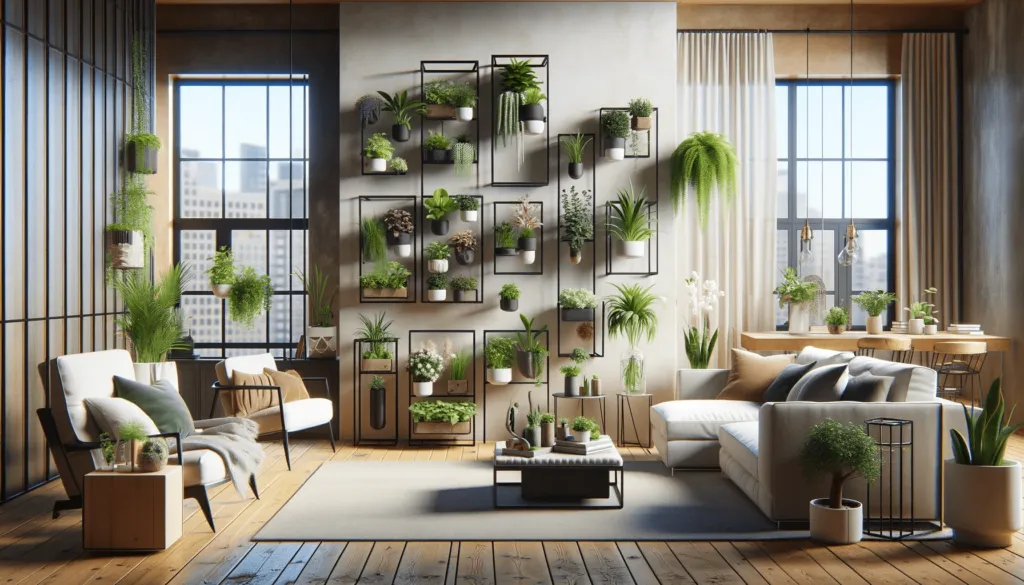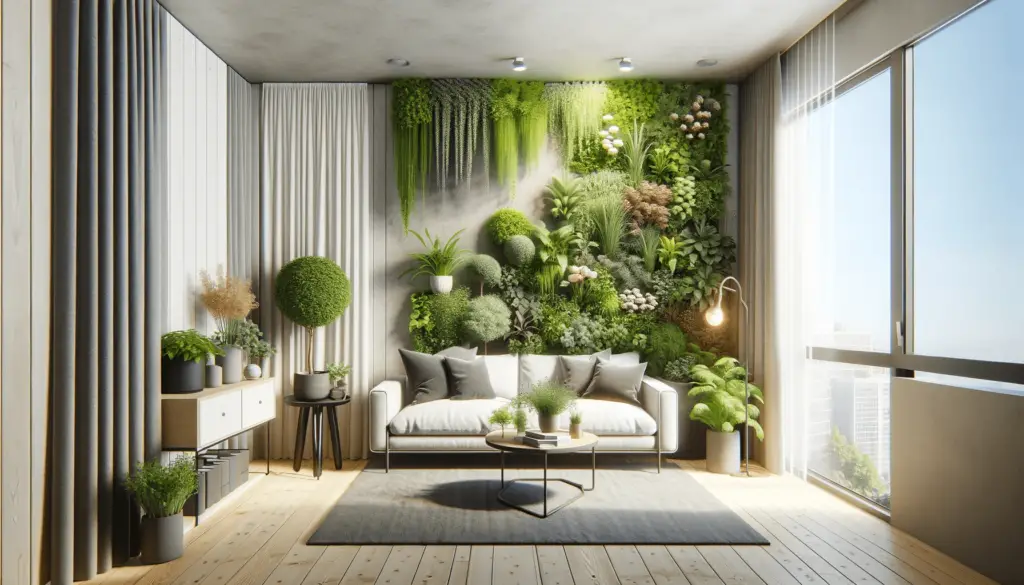Indoor gardening is becoming increasingly popular, as more and more people are looking for ways to grow their own fresh produce at home. Not only does it provide a convenient and affordable way to access fresh fruits and vegetables, but it also allows you to control the growing conditions and avoid the use of harmful pesticides and chemicals. In this article, we will explore the world of efficient indoor garden systems, including hydroponics, LED lights, and other innovative technologies.
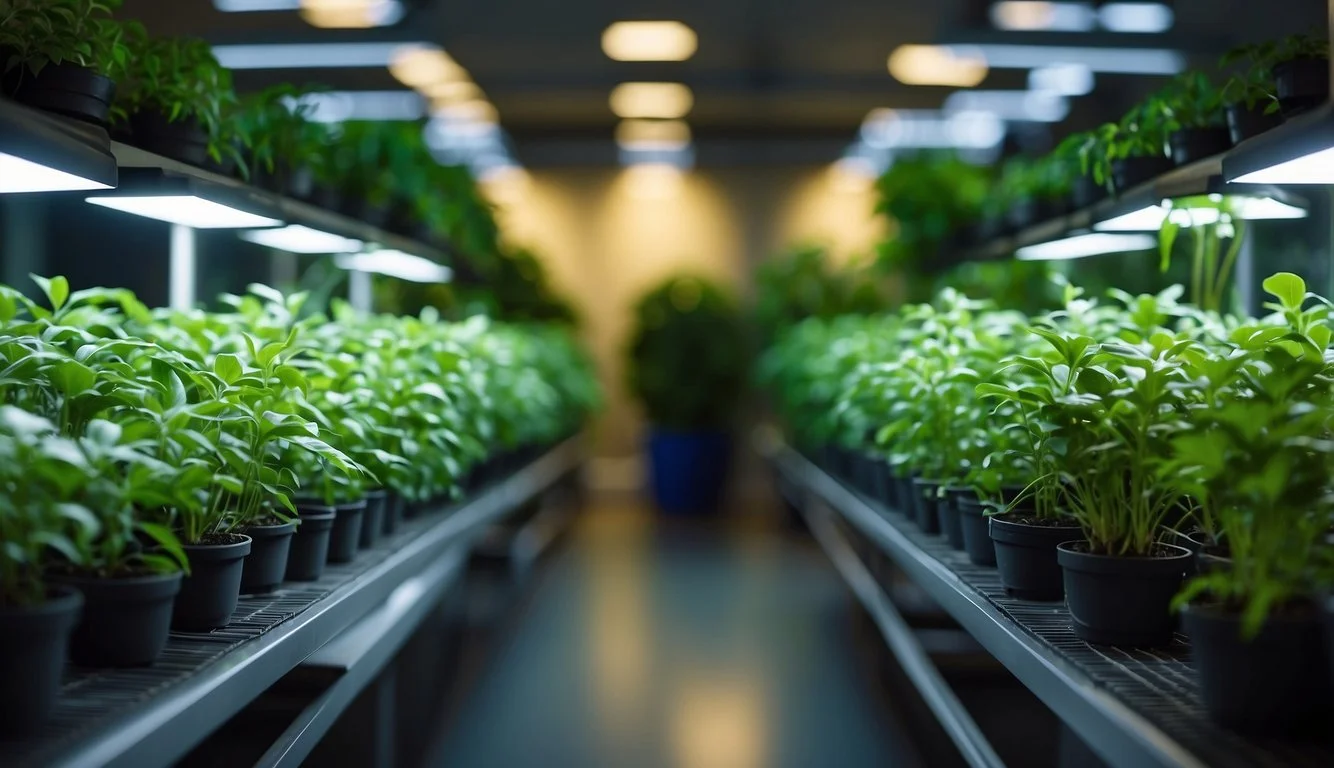
Hydroponics is a soil-free method of growing plants that uses nutrient-rich water instead. This method is highly efficient because it allows plants to absorb nutrients more quickly and easily than traditional soil-based growing methods. Hydroponics also uses less water than soil-based growing methods, making it an eco-friendly option for those who are looking to reduce their water usage.
When it comes to choosing an indoor garden system, there are several factors to consider. The size of your space, the types of plants you want to grow, and your budget are all important considerations. Fortunately, there are many different types of indoor garden systems available, from compact countertop models to larger, more sophisticated setups.
Table of Contents
Key Takeaways
- Hydroponics is an efficient soil-free method of growing plants that uses nutrient-rich water.
- When choosing an indoor garden system, consider factors such as space, plant type, and budget.
- Optimizing plant growth and maintenance and care are important factors to ensure the success of your indoor garden.
Understanding Hydroponics
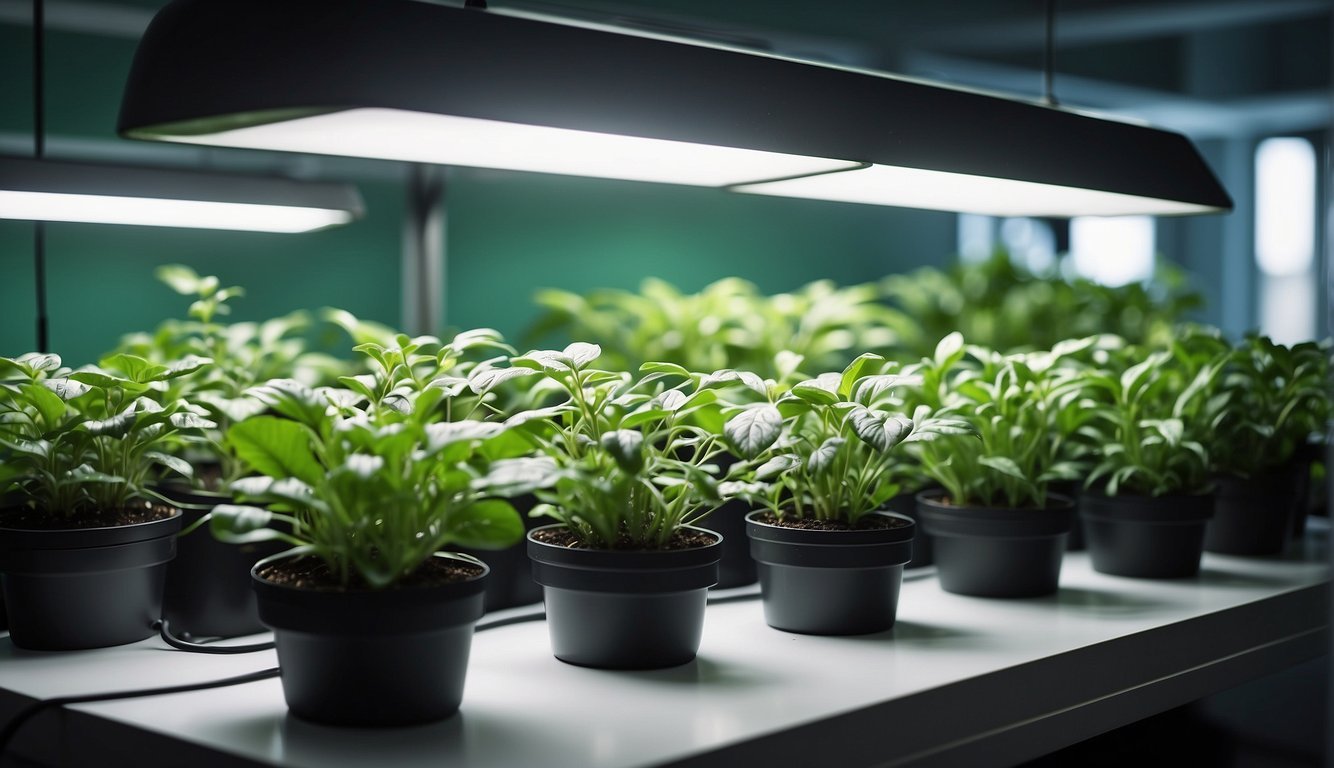
Hydroponics is a soilless method of growing plants that utilizes water and nutrients to produce healthy plants. In hydroponic systems, plants grow in a nutrient-rich solution, without the need for soil. This method of gardening is becoming increasingly popular due to its many benefits, including water and nutrient efficiency and the ability to grow plants in limited space.
One of the main advantages of hydroponic gardening is that it uses less water than traditional soil-based gardening. In hydroponic systems, water is recirculated, reducing the amount of water used. This makes hydroponic gardening an eco-friendly choice, especially in areas where water is scarce.
Hydroponic systems also allow for precise control over the nutrients that plants receive. In soil-based gardening, it can be difficult to ensure that plants are receiving the right amount of nutrients. With hydroponics, however, the nutrient solution can be tailored to the specific needs of each plant.
Another benefit of hydroponic gardening is that it allows for the efficient use of space. Since plants are grown without soil, they can be placed closer together, maximizing the use of limited space. This makes hydroponics an ideal choice for indoor gardening, where space is often at a premium.
Overall, hydroponic systems offer a number of advantages over traditional soil-based gardening. They use less water, provide precise control over nutrients, and make the most of limited space. If you are looking for an efficient and eco-friendly way to grow plants indoors, hydroponic gardening may be the perfect solution for you.
Choosing Your Indoor Garden System
Indoor garden systems are becoming increasingly popular as people look for ways to grow their own fresh produce and herbs year-round. When choosing an indoor garden system, there are a few key factors to consider. In this section, we’ll explore some of the things you should keep in mind when selecting an indoor garden system.
Comparing Brands and Models
There are many different brands and models of indoor garden systems available on the market. Some of the most popular brands include AeroGarden, Click & Grow, Rise Gardens, Lettuce Grow, and Gardyn. Each brand has its own unique features and benefits, so it’s important to compare them carefully to find the one that best meets your needs.
For example, the AeroGarden Harvest Elite is a popular choice for those who want a high-quality indoor garden system that is easy to use and produces great results. The Gardyn Home Kit is another option that is designed to be both stylish and functional, with a sleek design that looks great in any home.
Price and Budget Considerations
Another important factor to consider when choosing an indoor garden system is price. Indoor garden systems can range in price from budget-friendly options like the Click & Grow Smart Garden 3 to more expensive models like the AeroGarden Bounty Elite.
When considering price, it’s important to think about your budget and how much you are willing to spend on an indoor garden system. Keep in mind that while some systems may be more expensive up front, they may save you money in the long run by allowing you to grow your own produce and herbs at home.
Overall, when choosing an indoor garden system, it’s important to consider factors like brand and model, price, and your own personal needs and preferences. By doing some research and comparing different options, you can find an indoor garden system that works well for you and helps you grow your own fresh produce and herbs right at home.
Optimizing Plant Growth
When it comes to indoor gardening, optimizing plant growth is the key to success. There are many factors that can impact the growth of your plants, but two of the most important are lighting and nutrition. In this section, we will discuss how to optimize plant growth through lighting and LED technology, as well as nutrition and plant food.
Lighting and LED Technology
One of the most important factors in plant growth is lighting. Indoor gardens require artificial lighting to simulate the sun’s natural light, and LED grow lights are the most efficient and effective option. LED grow lights provide full-spectrum light that is necessary for plant growth, and they use less energy and produce less heat than traditional grow lights.
When choosing LED grow lights, it is important to consider the size of your indoor garden and the type of plants you are growing. Different plants require different amounts of light, so it is important to choose a grow light that provides the appropriate amount of light for your plants. You can also use timers to ensure that your plants receive the right amount of light each day.
Nutrition and Plant Food
In addition to lighting, nutrition is also important for plant growth. Plants require essential nutrients to grow, and indoor gardens often require additional nutrients to compensate for the lack of natural soil and sunlight. There are many different types of plant food available, including liquid and granular options.
When choosing plant food, it is important to consider the type of plants you are growing and the stage of growth they are in. Different plants require different amounts of nutrients, and plants in different stages of growth require different types of nutrients. It is also important to follow the instructions on the plant food package to ensure that you are providing your plants with the correct amount of nutrients.
In conclusion, optimizing plant growth is essential for successful indoor gardening. By focusing on lighting and LED technology, as well as nutrition and plant food, you can ensure that your plants receive the necessary nutrients and light to grow and thrive.
Maintenance and Care
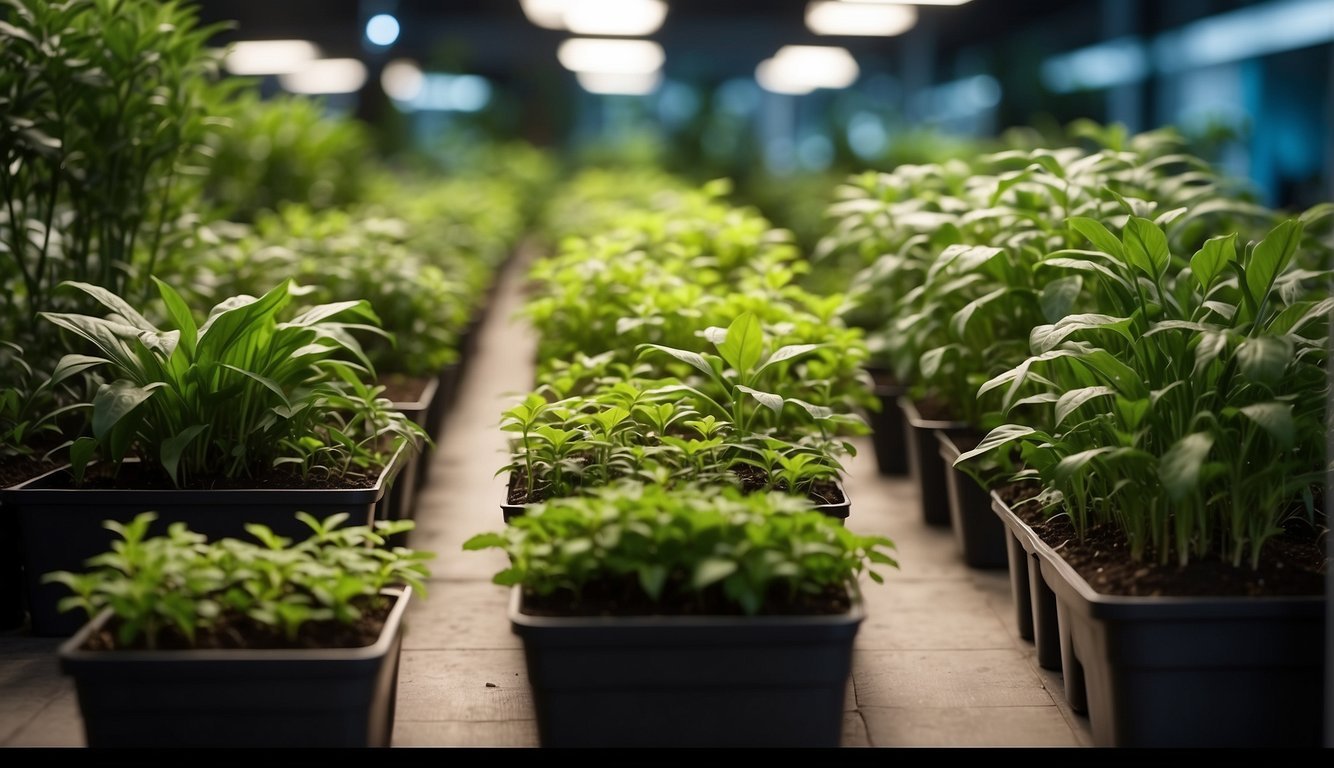
When it comes to indoor garden systems, maintenance and care are crucial for the plants to thrive. Fortunately, most indoor garden systems are designed to be low-maintenance, making it easy for us to keep them healthy.
One of the most important aspects of maintenance is watering. Some indoor garden systems come with a self-watering feature, which can be a great option if you have a busy schedule or tend to forget to water your plants. These systems use a timer to water the plants at regular intervals, ensuring they receive the right amount of water without over or under watering.
In addition to watering, fertilizing is also important for the plants to grow properly. Some indoor garden systems come with a self-fertilizing feature, which can save us time and effort. These systems automatically add the right amount of nutrients to the water, ensuring the plants receive the necessary nutrients to grow.
Another aspect to consider is the level of automation. Some indoor garden systems come with smart features, such as sensors that monitor the plants’ growth and adjust the lighting and watering accordingly. These systems can be more expensive, but they can also provide better results and require less work on our part.
Overall, the maintenance and care required for indoor garden systems can vary depending on the features and level of automation. However, most systems are designed to be low-maintenance and easy to care for, making it possible for us to enjoy fresh herbs and vegetables without much effort.
Conclusion
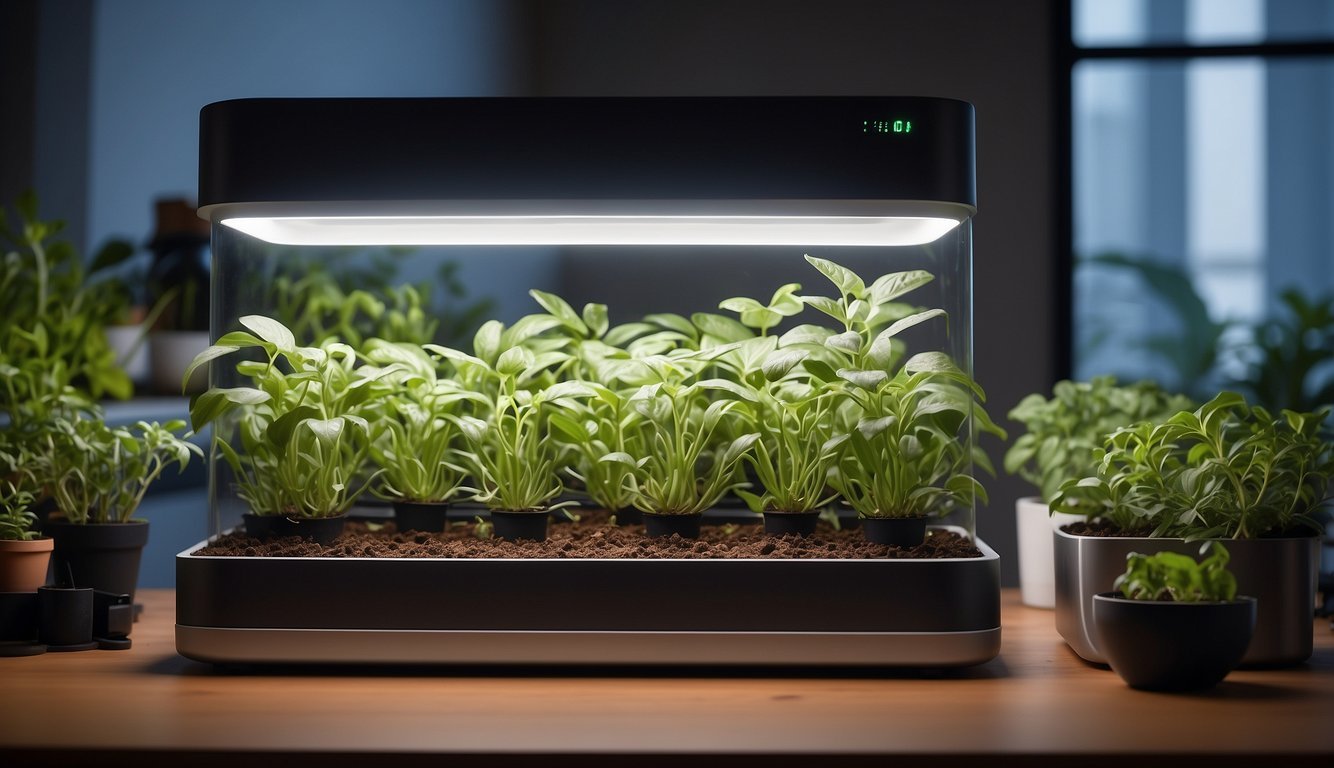
In conclusion, selecting the right indoor garden system is crucial for healthy plants and delicious herbs. As horticulturists, we recommend assessing your expertise level before making a purchase. If you are a beginner, consider starting with an easy-to-use system like the AeroGarden Harvest Indoor Garden.
For those with more experience, the inbloom Hydroponics Growing System is an excellent choice. With a runner-up title for the best overall indoor garden system, this product is perfect for those who want to take their gardening to the next level.
Regardless of your expertise level, it’s essential to choose an indoor garden system that provides adequate light, water, and nutrients. The Lettuce Grow Farmstand is an excellent choice for those looking for a tower system that can grow up to 36 plants at once.
Finally, we recommend consulting with experts in the field to ensure that you are making the best possible purchase for your indoor garden. By doing so, you can ensure that your plants will thrive and that you will have a bountiful harvest all year round.
Frequently Asked Questions
How do I choose the best indoor vegetable garden system for my home?
Choosing the best indoor vegetable garden system for your home depends on your needs and preferences. Consider the size of your space, the type of plants you want to grow, and your budget. You may want to look for a system that has adjustable LED lights, a timer, and a water pump. Also, check the reviews and ratings of the product before making a purchase.
What are the benefits of using an indoor garden system with lights?
Using an indoor garden system with lights provides several benefits. It allows you to grow plants year-round regardless of the weather outside. The LED lights simulate natural sunlight, providing plants with the necessary light spectrum for photosynthesis. It also enables you to control the light cycle, which can improve plant growth and yield.
Which hydroponic indoor garden is considered the most efficient for beginners?
The AeroGarden Harvest Indoor Garden is considered the most efficient hydroponic indoor garden for beginners. It is easy to set up and use, and it comes with a user-friendly control panel. The system also has adjustable LED lights, a water pump, and a reminder to add nutrients.
Can you recommend a cost-effective hydroponic system for indoor gardening?
The iDOO Hydroponics Growing System is a cost-effective hydroponic system for indoor gardening. It has a compact design that is perfect for small spaces, and it comes with twelve pods for growing herbs, vegetables, and flowers. The system also has adjustable LED lights and a water pump.
What are the key features to look for in a smart indoor garden system?
When looking for a smart indoor garden system, consider the following key features: adjustable LED lights, a timer, a water pump, a reminder to add nutrients, and compatibility with a mobile app. A smart indoor garden system should also be user-friendly and easy to set up and use.
How can I build a DIY indoor garden system that is both efficient and space-saving?
Building a DIY indoor garden system that is both efficient and space-saving requires careful planning. Consider using vertical gardening techniques and hydroponic systems to maximize space. You can also use recycled materials such as PVC pipes and plastic containers to build the system. Make sure to research and follow proper guidelines for building and maintaining an indoor garden system.

